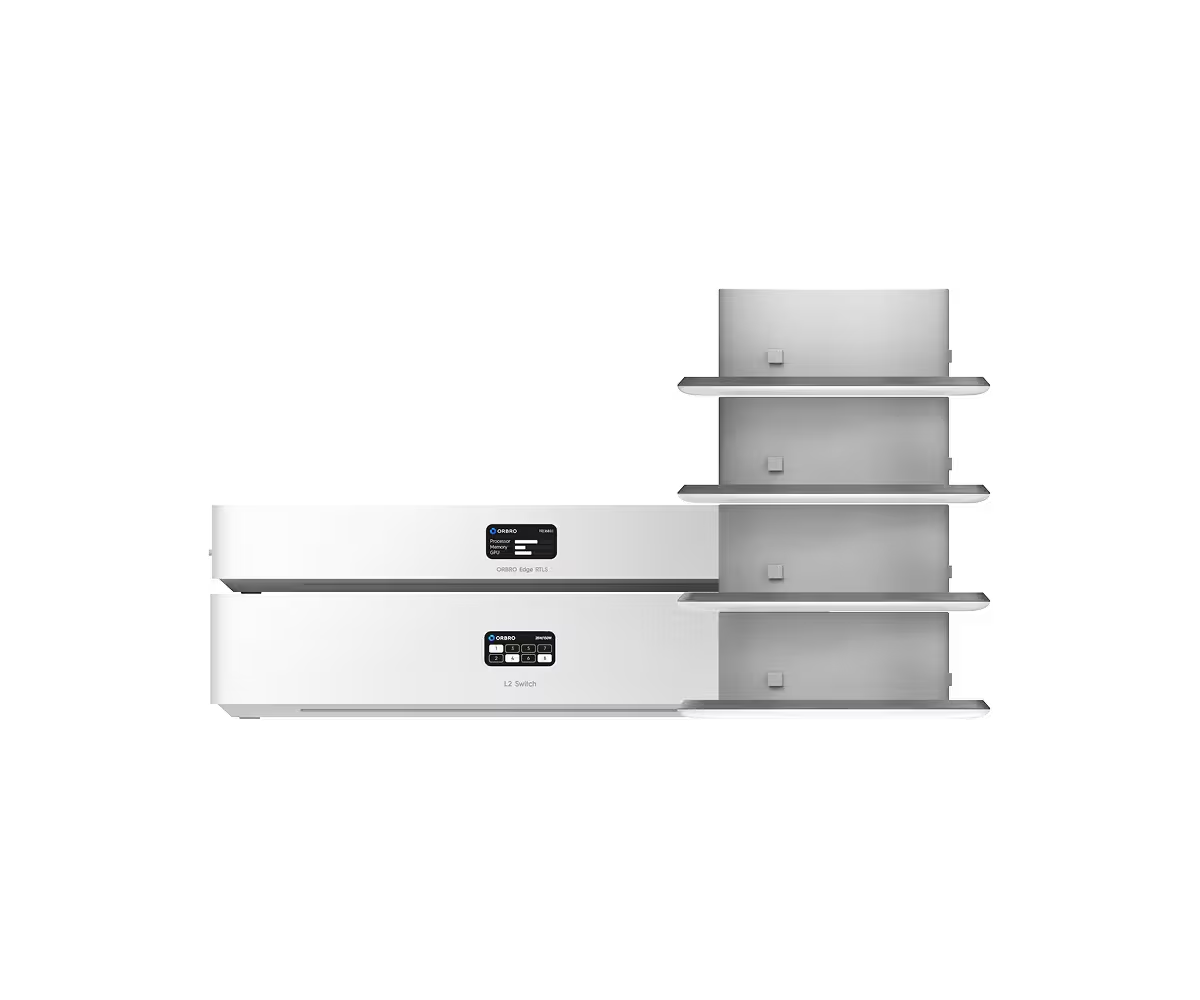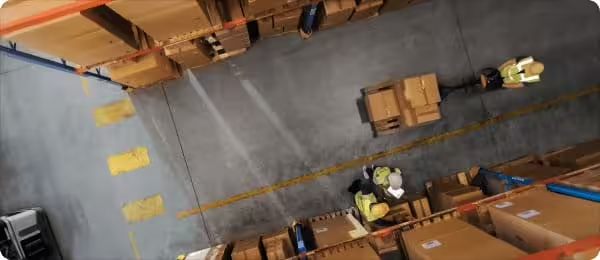도입이 처음이신가요?
ORBRO 전문가가 직접 상황을 분석하고
최적의 솔루션을 제안해드립니다.

Container Tracking

Container Tracking
Containers play a vital role in safely transporting goods across the world. However, accurately tracking the location and status of containers remains a challenging task. The current global uncertainties add instability and unpredictability to related industries. Real-time tracking of container destinations and origins, and early detection of issues during transit are crucial in the logistics industry.
Methods of Container Tracking
Application of RTLS Technology
RTLS, short for Real-Time Location System, excels in accurately tracking the precise location of containers in various environments. While GPS is excellent for outdoor location tracking, it lacks accuracy in indoor environments or complex urban areas. RTLS overcomes the limitations of GPS by combining sensor networks, RFID, ultrasound, and wireless communication technology to accurately track container locations even within buildings.
Furthermore, RTLS technology seamlessly integrates with existing logistics infrastructure. By connecting with existing warehouse automation systems, transportation management software, and order processing systems, it allows real-time sharing of container location information and quick adaptation to automated processes, enhancing efficiency in logistics and transportation management, saving both manpower and time.
(Orbro's Logistics Center Digital Twin)
Enhancing Container Security
Preventing Theft and Damage
Security enhancement using RTLS involves real-time tracking of container locations to prevent theft and damage. Accurate tracking of containers in transit minimizes the risk of theft. Additionally, rapid response is possible in case unexpected movement is detected in specific areas, thereby enhancing security levels.
Security During Idle Times
Monitoring the location of containers during idle times enables preparedness against security threats. Reinforcing security during idle times ensures safety even when the logistics system is inactive, enhancing container security and overall safety across the logistics network.
Advantages of Real-Time Container Tracking
Optimizing Logistics Processes
Real-time container tracking through RTLS plays a crucial role in optimizing logistics processes. By tracking container locations in real-time, logistics managers can increase efficiency at each stage. Real-time adjustment of logistics routes at departure, intermediate stops, and arrival helps shorten transportation times and minimize costs.
Predictive Analysis and Exception Handling
Real-time information provides assistance in strategic planning based on predictive analysis and exception handling. Analyzing data allows the prediction of potential issues in the movement path and identifies areas for improvement to maximize efficiency in the logistics network. Additionally, real-time detection and quick response to exceptional situations minimize problem occurrence time.
Efficient Resource Management
Optimizing Transportation Routes
Efficient resource management using RTLS is achieved through optimizing transportation routes. Utilizing real-time location information of containers helps identify frequently used containers in specific areas, allowing for the planning of optimal transportation routes. This reduces fuel consumption and cuts transportation costs.
Optimal Placement of Logistics Assets
RTLS is also utilized to optimize logistics asset management within warehouses. Using sensor technology to track logistics assets in real-time, efficient placement of specific goods or equipment in areas where they are needed can be achieved. This maximizes logistics space utilization and increases operational efficiency.
Cost Savings and Resource Optimization
Real-time container tracking through RTLS helps effectively cut costs and optimize resources in transportation and logistics management. Optimizing transportation routes based on accurate location information and efficiently placing logistics assets reduce fuel costs and minimize idle resources.
Future Outlook of Container Tracking
Integration of AI and Machine Learning
Integration with artificial intelligence (AI) and machine learning is expected to strengthen further in the future. RTLS technology generates a vast amount of data, and AI can analyze this data to build predictive models. This allows the anticipation of unforeseen issues and finer optimization of logistics processes.
Ecosystem Expansion
Container tracking is anticipated to be widely used not only in the current logistics industry but also in various industries such as manufacturing, healthcare, retail, and energy. This expansion is expected to integrate the logistics ecosystem further and expand opportunities for collaboration.
Container tracking technology is expected to positively impact the overall industry through continuous innovation, enhancing efficiency and stability in logistics and supply chain management. As RTLS application extends to various industries, more innovative and sustainable logistics and supply chain systems are expected to develop.
Conclusion
Predictive analysis and exception handling based on real-time information provide logistics managers with opportunities to respond quickly and continuously improve logistics processes. Additionally, optimizing transportation routes and logistics asset placement contribute to cost savings and increased efficiency in the logistics network.
Continuous technological innovation and the expanding use of RTLS technology are expected to lead the future logistics industry, improving efficiency and enhancing competitiveness. Furthermore, as the application of RTLS expands across various industries, more innovative and sustainable logistics and supply chain systems are anticipated to develop.
관련 제품
작업자 위치추적 패키지
UWB 단말기를 작업자 또는 장비에 부착하여, 실시간으로 위치 추적을 돕는 제품입니다.


오브로 솔루션 소개
공유하기









